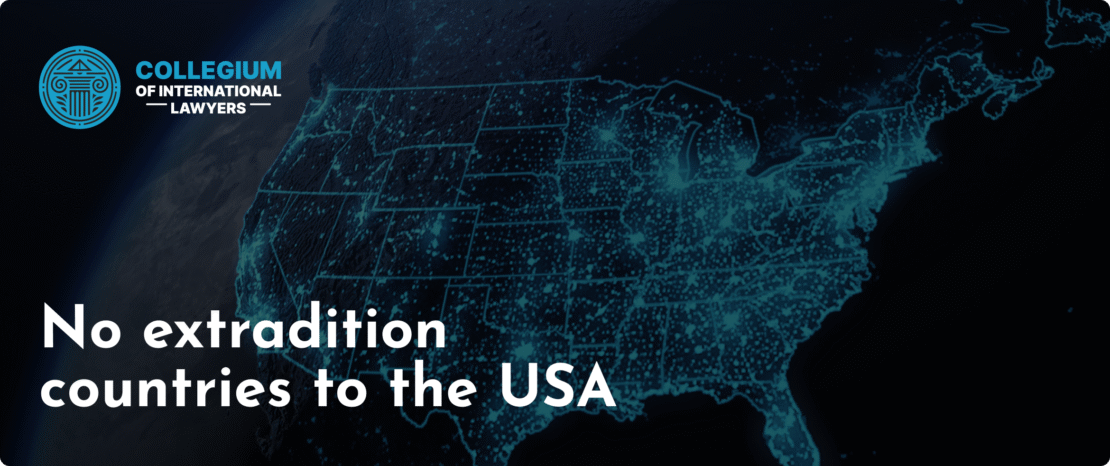
Revolutionizing Fraud Detection: The Role of Biometrics
The financial sector is increasingly turning to advanced technologies to protect against fraud. One of the most promising areas of innovation is biometric technology. The integration of biometrics in fraud detection not only enhances security measures but also streamlines user experiences. Companies are leveraging these techniques to safeguard their clients’ sensitive information while preventing financial crimes. In this context, it’s worth noting the growing impact of detección de fraude con biometría conductual prevención de delitos financieros con IA as part of a comprehensive strategy for fraud prevention.
Understanding Biometric Technology
Biometric technology refers to the identification and verification of individuals based on unique physical or behavioral characteristics. Common biometric identifiers include fingerprint recognition, facial recognition, iris scans, and voice recognition. These methods rely on the distinctiveness of each individual’s biological traits, making it highly challenging for fraudsters to replicate or forge.
The Science Behind Biometrics
At its core, biometric technology utilizes advanced algorithms to analyze biological traits, comparing them against a database of enrolled profiles. This process involves two main functions: enrollment and verification.
- Enrollment: During enrollment, an individual’s biometric attributes are captured and stored. This process often includes high-resolution imaging to ensure accuracy.
- Verification: When an individual attempts to access a service, their biometric data is collected, and the system compares it to the stored data to confirm identity.
Applications in Fraud Detection
The applications of biometric technology in fraud detection are diverse:
1. Secure Authentication
Many banking institutions now offer biometric authentication methods, allowing clients to use their fingerprints or facial recognition to access their accounts. This eliminates the need for passwords, which can be stolen or forgotten.
2. Transaction Verification
Biometric verification can add an extra layer of security during high-value transactions. Before processing, a bank might require biometric identification to ensure that the person making the transaction is indeed the account holder.
3. Identity Theft Prevention
As identity theft becomes more prevalent, biometric technology serves as a robust countermeasure. By incorporating biometrics, organizations can verify that individuals attempting to access personal or financial information are authorized to do so.
Challenges and Ethical Considerations

While biometrics offer enhanced security, several challenges and ethical considerations must be addressed. These include:
1. Data Privacy
Biometric data is highly sensitive. Organizations must ensure that they have stringent security measures in place to protect this information. Unauthorized access or data breaches can result in significant risks to individuals and organizations alike.
2. Accuracy and Reliability
While biometric systems boast high levels of accuracy, they are not infallible. False positives and negatives can lead to unauthorized access or user frustration. Continuous refinement of algorithms is crucial for maintaining reliability.
3. Public Perception
Many individuals are apprehensive about the use of biometrics due to privacy concerns. Educating the public on the benefits and security measures related to biometric technology is essential for fostering trust.
Future Trends in Biometrics and Fraud Detection
As technology continues to evolve, the future of biometrics in fraud detection looks promising:
1. Multi-Modal Biometric Systems
Combining various biometric modalities—such as face, voice, and fingerprint recognition—can enhance security by providing multiple layers of verification, making it harder for fraudsters to circumvent protections.
2. Artificial Intelligence Integration
The integration of artificial intelligence (AI) with biometric systems can significantly improve fraud detection capabilities. AI algorithms can analyze patterns and behaviors in real-time, adapting to new threats and enhancing detection rates.
3. Global Standards and Regulations
With the growing adoption of biometric technologies, the establishment of global standards and regulations is essential. These frameworks should focus on privacy rights, data security, and ethical considerations.
Conclusion
Fraud detection is an essential component of the financial ecosystem, and biometric technology is positioning itself as a crucial tool in this battle. By harnessing the unique characteristics of individuals, organizations can protect their services from fraud while enhancing user experience. Moving forward, the integration of AI and ongoing advancements in biometric technologies promise even greater strides in combating financial crimes and ensuring safety in the digital age.
содержание [url=https://nova1.vip/]nova маркетплейс вход[/url]
You can definitely see your expertise within the article you write.
The world hopes for more passionate writers like
you who are not afraid to say how they believe. All the time go after your heart.
Hey just wanted to give you a brief heads up and let you know a
few of the pictures aren’t loading properly. I’m not sure why but I think its a linking issue.
I’ve tried it in two different browsers and both show the same outcome.
You’re so cool! I don’t suppose I’ve truly read a
single thing like that before. So wonderful to discover someone with some unique thoughts on this topic.
Seriously.. thank you for starting this up. This website is one thing that’s needed on the internet,
someone with a bit of originality!